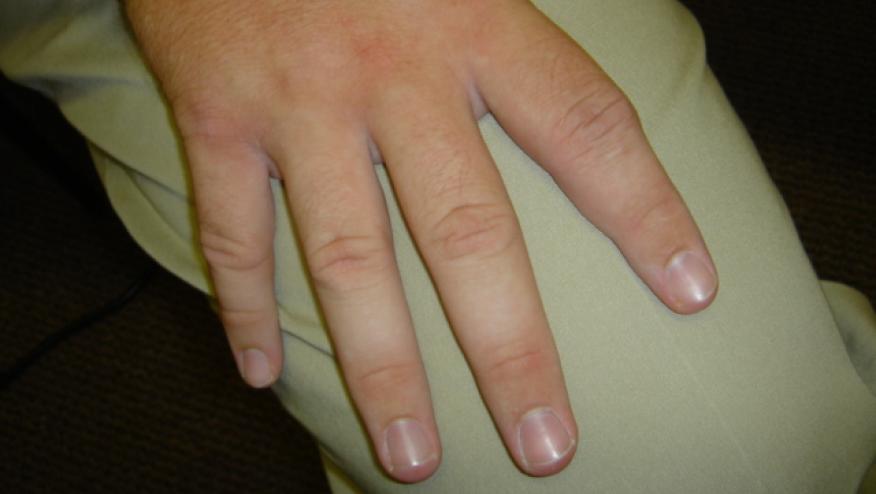Second Efforts in Treating RA Partial Responders Save

The results of a treat-to-target (T2T) combination therapy trial in patients with early rheumatoid arthritis (RA) show that if patients fail to respond initially, then a second, more intensified regimen can turn initial nonresponders into responders.
A total of 150 early RA (< 2 years disease duration) patients were enrolled and treated according to whether they were classified as high- or low-risk RA. High-risk RA patients had a DAS44 > 3.7 and 2 of the following: elevated ESR or CRP, RF+, CCP+, Xray erosion). High-risk patients (n=110) were treated with COBRA-light (prednisolone 30 mg/day tapered to 7.5 mg/day, methotrexate (MTX) increasing to 25 mg/week) and low-risk patients received MTX monotherapy (7.5 mg/wk increasing to 25 mg/wk). The primary outcome (target) was DAS44 <1.6 or EULAR good response at 26 weeks.
At 13 weeks, non-responders were randomized to (open-label) intensification (high-risk: prednisolone 60 mg/day tapered to 7.5 mg/day, addition of sulfasalazine (2 g/day) and hydroxychloroquine (400 mg/day); low-risk: prednisolone 30 mg/day tapered to 7.5 mg/day); or continuation.
The majority of patients had high-risk RA(n = 150) and 73% reached the target (EULAR Good or DAS44 <1.6) by 13 weeks, 9 dropped out. Non-responders were randomized to intensification (n = 15) or continuation (n = 16). By week 26, an additional 12 patients reached the target. Thus the step up regimen was more effective than just continuation( 80% vs 44%; p = 0.04).
Low-risk RA patients (n = 40) were less likely (43%) to reach the target. Low-risk RA patients had less activity, fewer joints and were more seronegative at baseline. When these lower-activity non-responders were randomized to intensification (n = 8) or continuation (n = 7), there was no clear difference in outcome as only 4 vs 3 reached the target.
Adverse event rates were higher in the high-risk group, and higher in the intensification subgroup.
In this early RA study, initial combination therapy was highly successful in high-risk RA patients. Moreover, early intensification of therapy after 13 weeks was clearly beneficial in patients not reaching the target goal.











If you are a health practitioner, you may Login/Register to comment.
Due to the nature of these comment forums, only health practitioners are allowed to comment at this time.